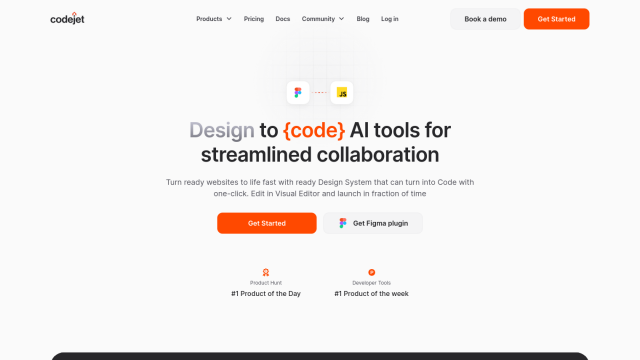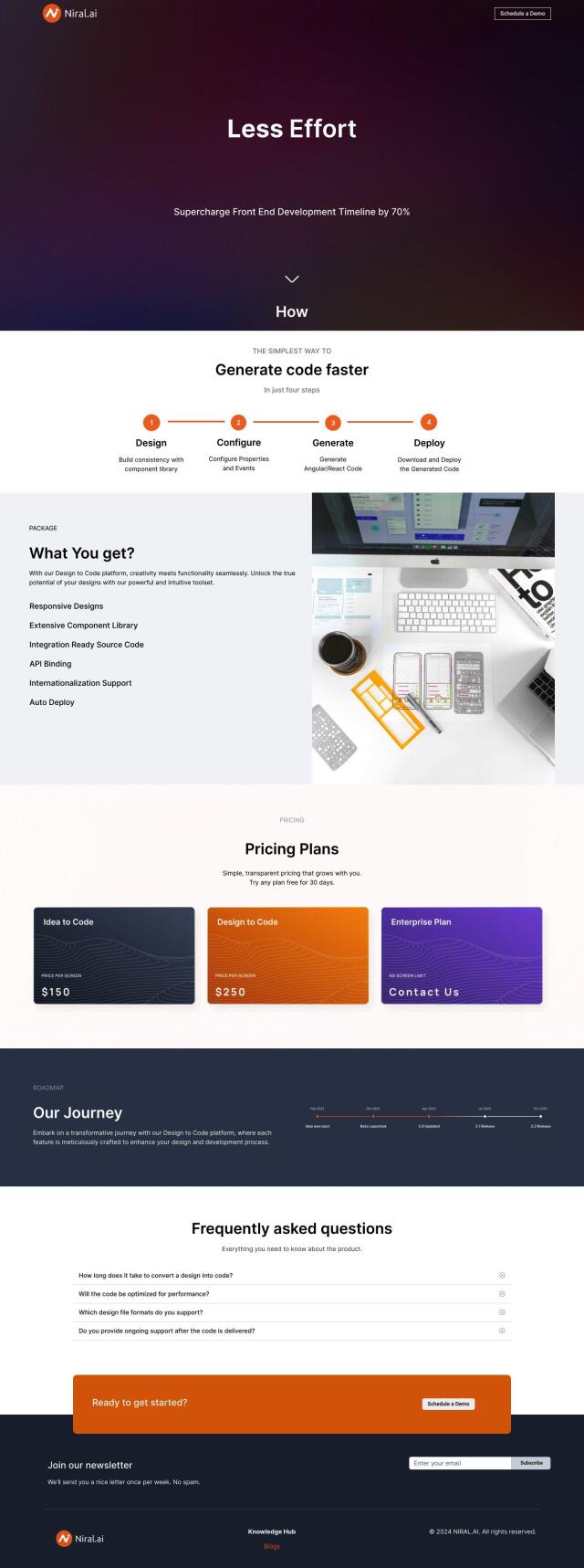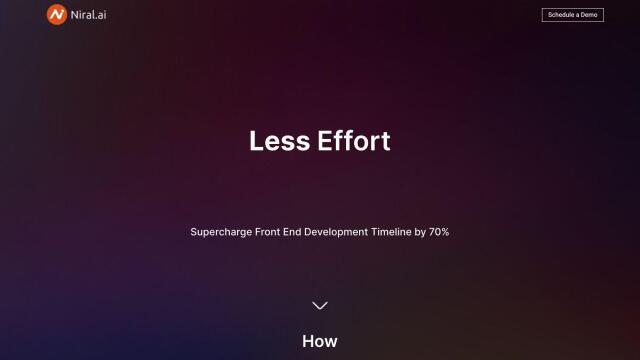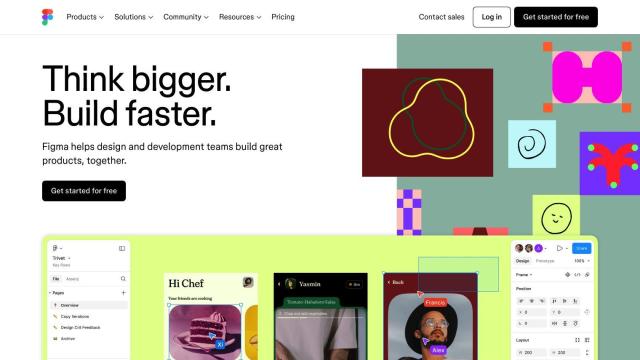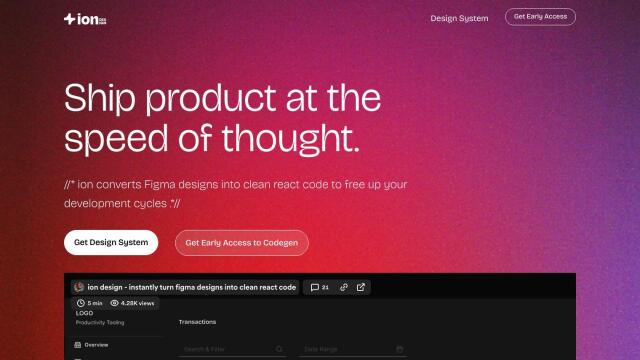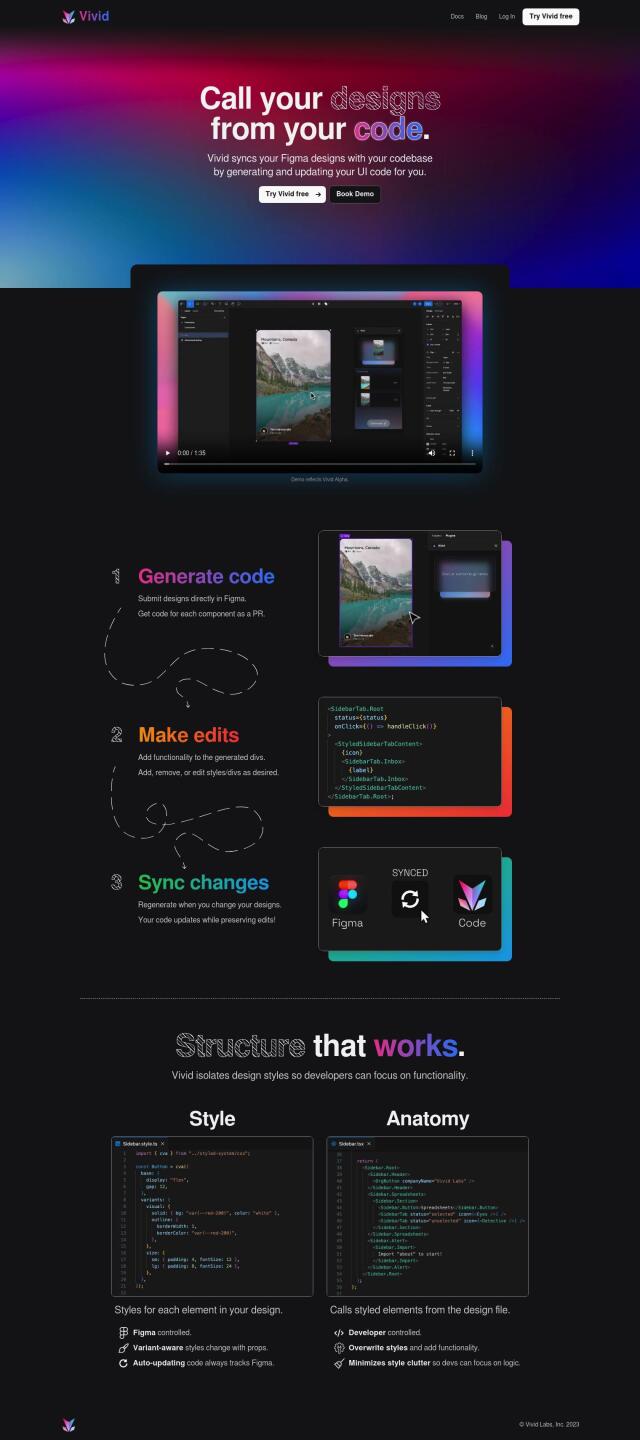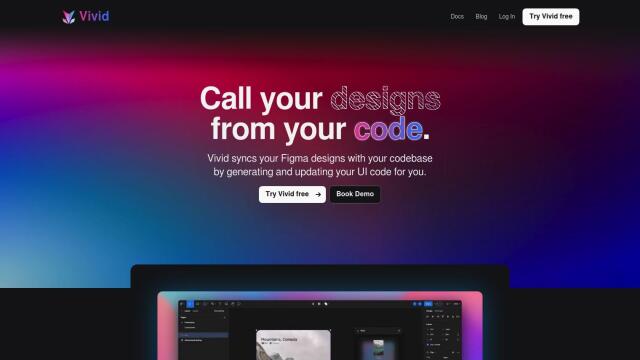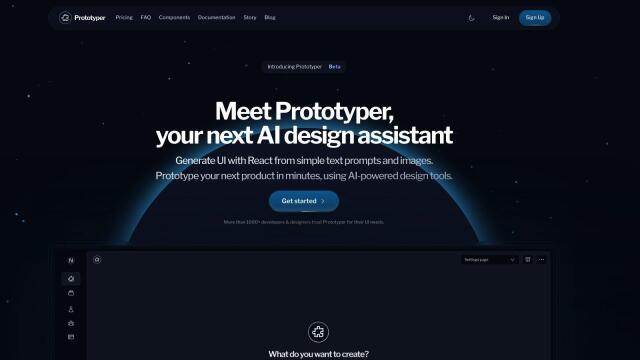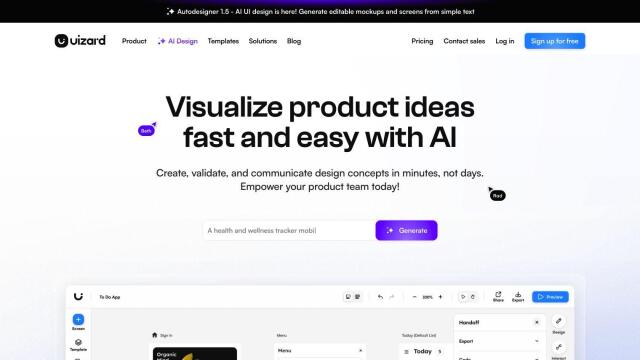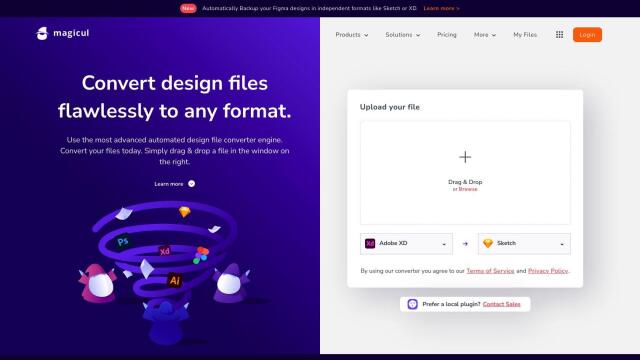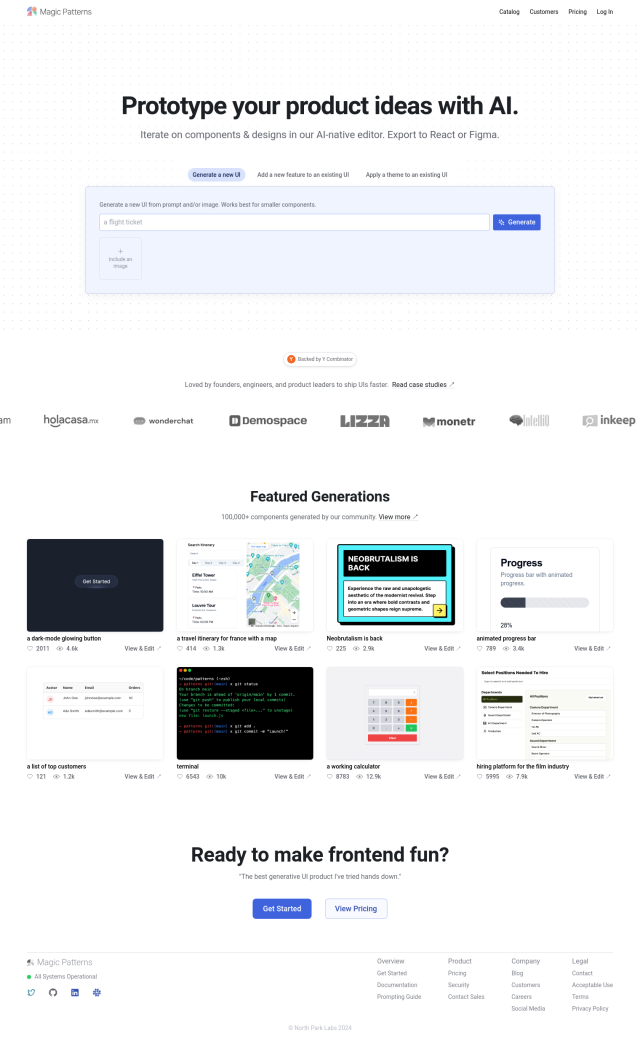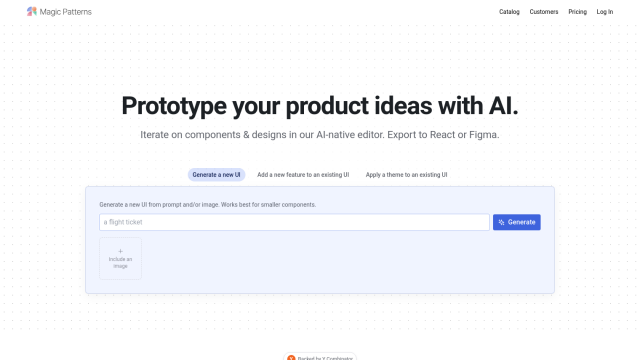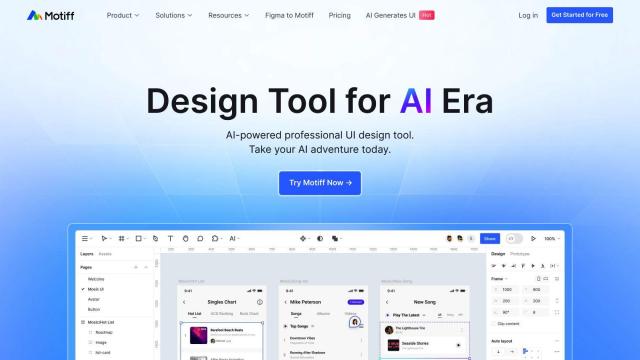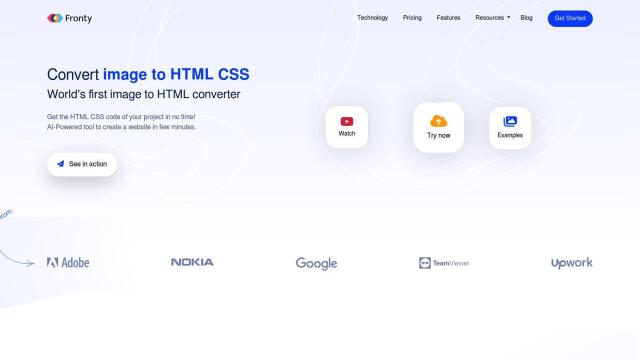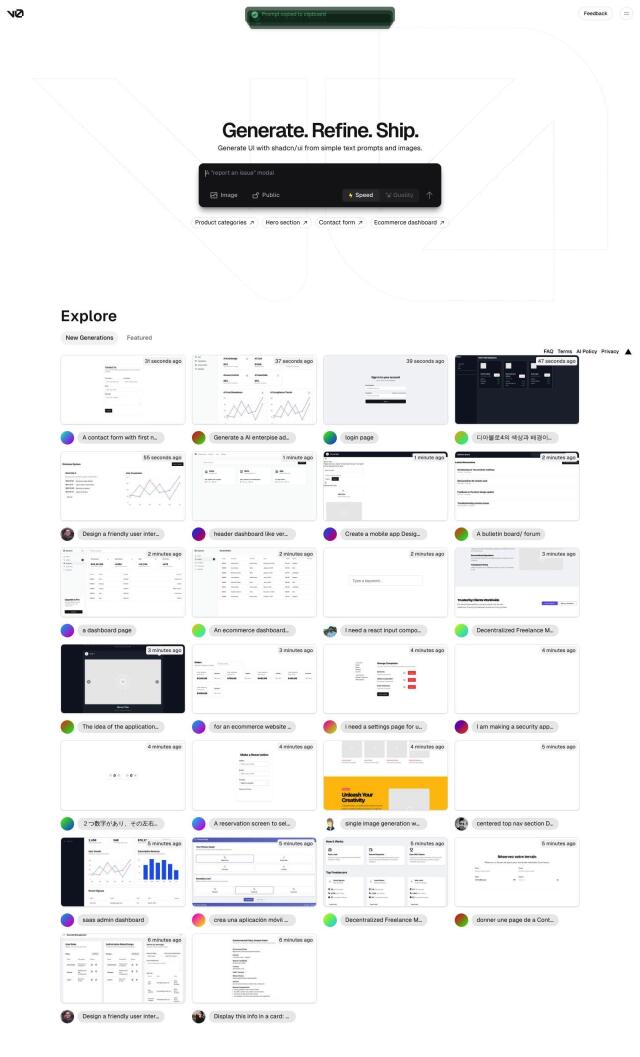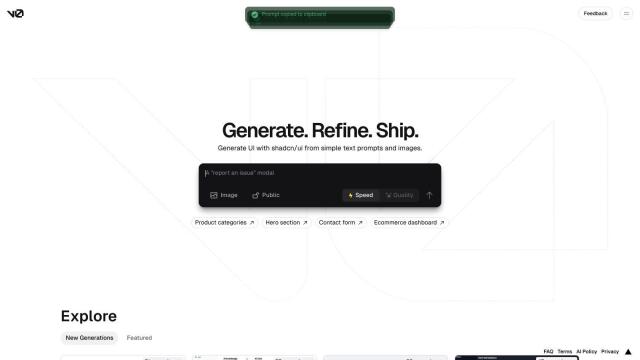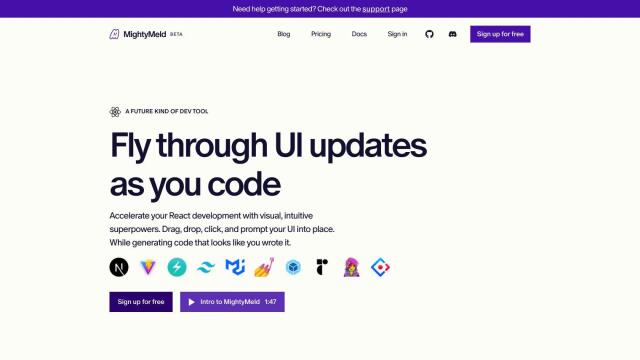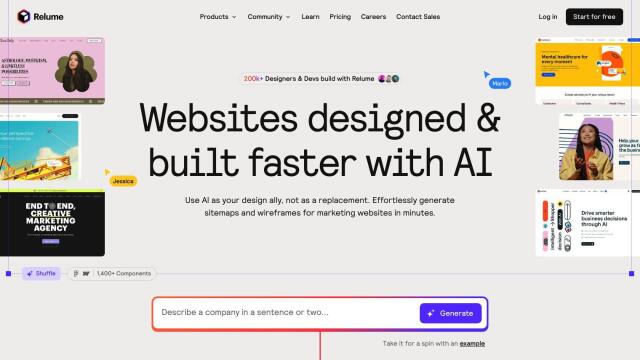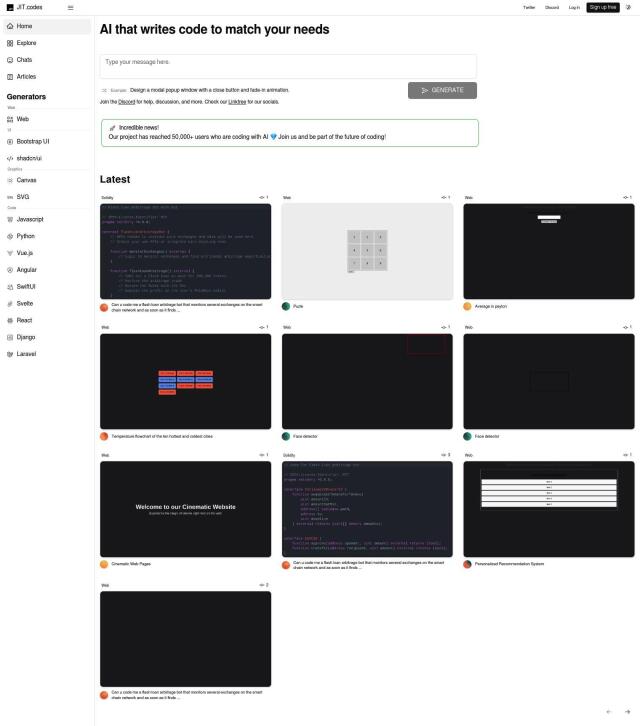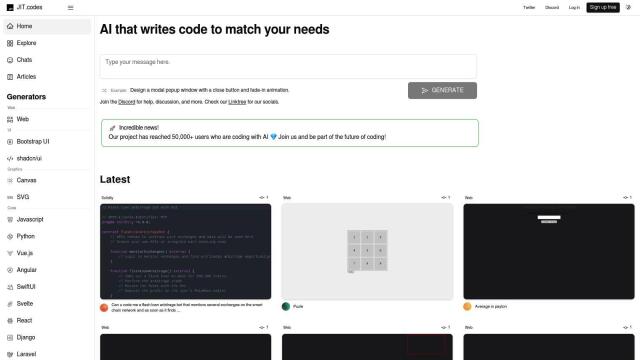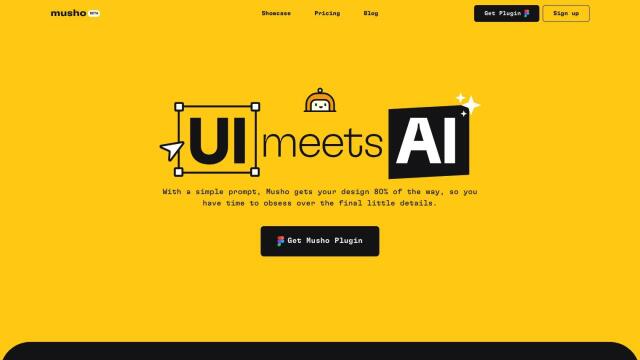Question: Can you recommend a tool that converts design files into production-ready code for front-end development?


Kombai
For turning design files into production code for front-end development, Kombai is a great option. This AI-powered tool automates the process, turning Figma designs into high-quality code with pixel-perfect precision. It can generate code in React and HTML + CSS, and can also be used with other frameworks like Vue, Svelte, Angular and Django. With a variety of pricing tiers, Kombai can be used for a range of needs and budgets, freeing up developers to spend more time on other parts of their projects.
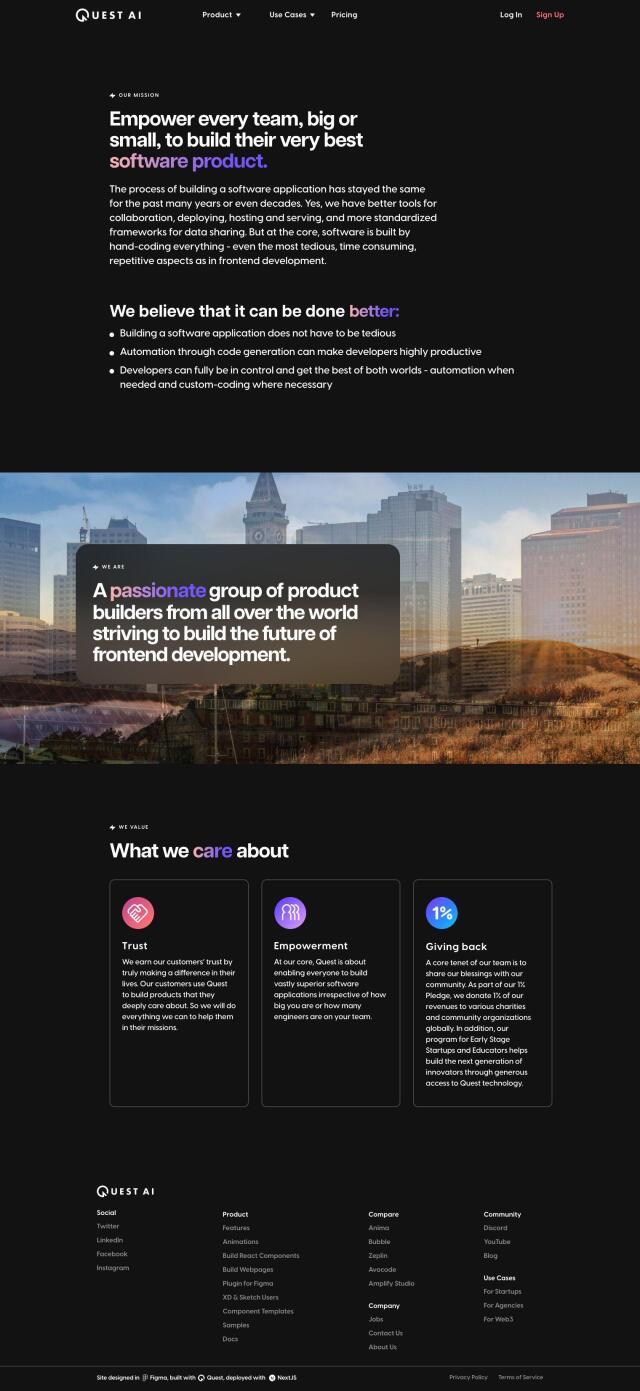
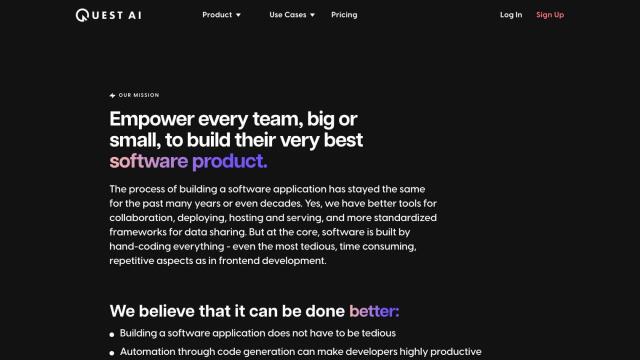
Quest
Another option is Quest, which converts Figma designs into React components, creating responsive, multi-screen experiences. It uses AI models to create clean, modular code and supports design systems and component libraries. With features like Figma to Code, Animation Library and Version Control, Quest is geared for development teams that want to speed up their workflow and improve collaboration.

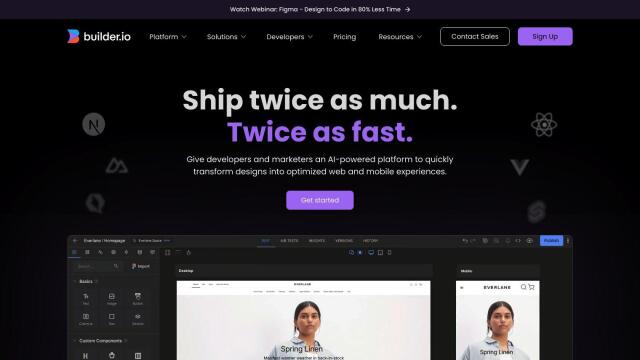
Builder.io
Builder.io is a collection of tools that uses AI to convert Figma designs into code as fast as possible. It includes a Visual Copilot that refines code based on user input, a drag-and-drop visual editor for real-time collaboration and support for frameworks like React, Vue and Angular. Builder.io also includes component mapping, a global CDN, image optimization and an asset manager, making it a good option for teams that want to speed up their development.


Bifrost
Bifrost is another AI-powered tool that converts Figma designs into clean, type-safe React code. It works with popular frameworks like Tailwind and Chakra, and lets you update components with new design changes with ease. The tool is designed to let developers and designers focus on high-impact features and design updates that are more efficient, not bogged down with repetitive coding tasks.

